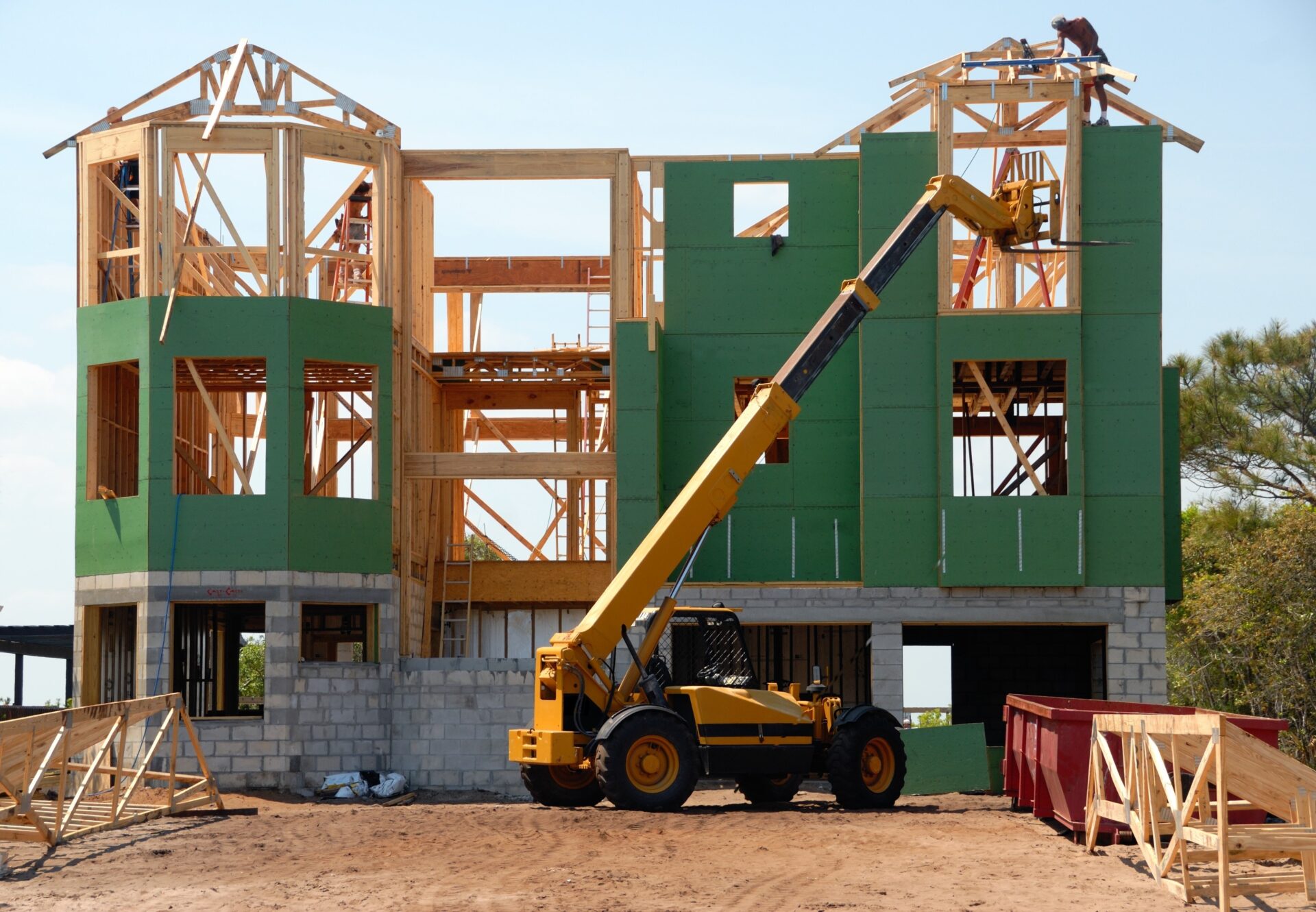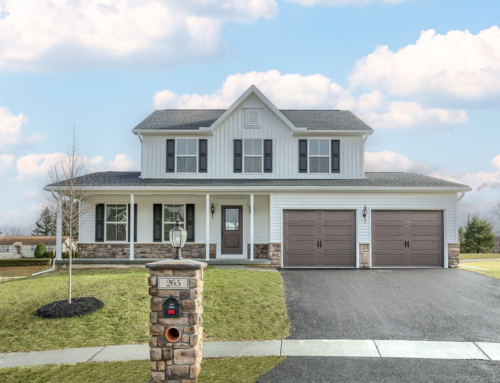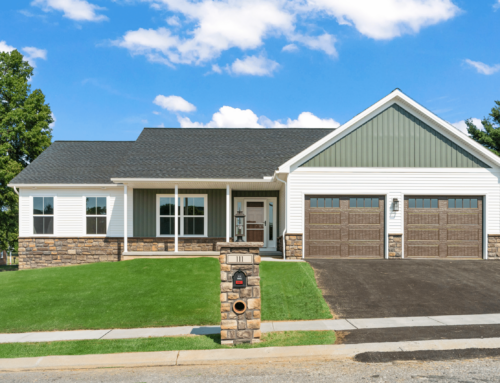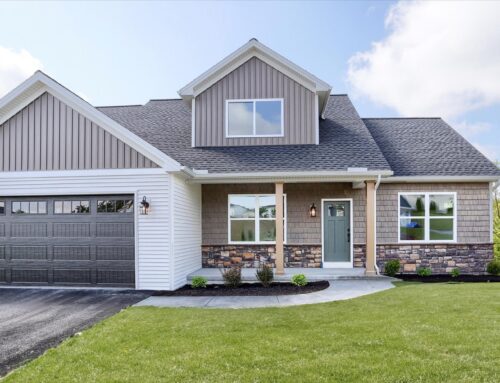We all know that baking a cake is part science and part art. Although the recipe may suggest your creation will be ready to eat in an hour, bakers know that other factors can extend that timeframe. From switching to an unusual type of flour to using an oven that heats unevenly to adding layers of fondant, each option affects the clock.
The same is true in the world of custom home building.
Most custom home builders can suggest a standard number of months that it takes from designing a home to move-in day. In the Middle Atlantic region, the United States Census Bureau suggests that figure is around seven to nine months. Some considerations can be controlled; others cannot. At the end of the day, the goal is for you to have an incredible residence that fits your needs.
From a practical standpoint, it’s critical to start talking about all the elements that go into shortening or extending the time it takes to make your custom home ready for habitation.
The Overall Look of the Home
As you might suspect, the more complex your anticipated home, the longer it will take to design and build. A 1,500 square foot ranch home is going to require different specifications than a 3,500 square foot home. For this reason, custom home builders will take time upfront discussing all the intricacies involved in complicated or unusual floor plans. Certainly, it’s fine to build your dream home with all the amenities and offerings you want. But it may add time to the final project.
Getting Permission to Build
Even if you already own the land on which you intend to build your custom house, you’ll have to go through the process of getting permission for your home to go on the spot. Every area has its own regulations and processes; some municipalities and governments approve permits faster than others. Make sure you talk to your builder and know ahead of time what to expect. It can be tough to wait for bureaucracy, but it’s a necessary factor.
There Are Lots… And There Are Lots
Each lot has its own nuances and must be cleared, graded, leveled, etc. Even if the ground looks perfectly flat to you, it might not be. Plus, you never know what surprises lay under the topsoil. We’ve all heard of builders finding hiding springs, caverns, and boulders. At the end of the day, you want to make sure that your home sits on earth you can trust.
What’s the Weather?
In the Middle Atlantic region of the United States, weather happens. And that includes bad or “iffy” weather, like torrential rain, sleet, snow, annoying freeze/thaw cycles, and more. The weather certainly is going to play a role in how long it takes to build your home. Plus, the time of the year you start your planning will change the end date.
Think About the Labor Supply
You see plenty of custom home construction starting in the springtime and going far into the autumn months. Every professional laborer knows that this is the height of the home building season. It’s also a time when labor shortages can arise. Consider it a basic lesson in economics: When the need goes up, it can be tough to find knowledgeable, skilled workers.
This emphasizes the need to work with a custom builder that understands how to hire laborers and specialists such as framers, drywallers, and plumbers before they agree to work on different projects.
Oh, Those Last-Minute Changes!
Most custom home builders will try to get clients to make all their home plan decisions ahead of time, but sometimes people do change their minds. When that happens, changes have to be made. This can extend the timeframe of the building process, sometimes significantly.
In addition to last-minute changes on the actual framing and building of the home, picking flooring, cabinetry, finishes, and fixtures at the final moments will delay when you can actually move in.
Additional Considerations for Your Home
Finally, it’s important to think about all the other add-ons that you may want to include in your home building.
Every time you make a large or (seemingly) small switch as a homeowner, you risk changing the project end date. As long as you’re okay with it, and don’t feel the need to rush the process, you won’t feel a ton of stress. On the other hand, if you need to move in soon, you might want to rethink last-minute add-ons, or postpone them for the future.
Collaborate With Your Custom Home Builder for Sanity
Will it sometimes feel like everything isn’t happening rapidly enough during your home building experience? Absolutely! It can be difficult to sit back and wait. After all, you want to move into your new home right away. The key to keeping your sanity despite unexpected delays, exasperating weather, and last-minute alterations is to keep those lines of communication open between you and your builder.
And when it’s all said and done and you have the keys to your amazing home? Well, you might say that you really can have your cake and eat it, too!











